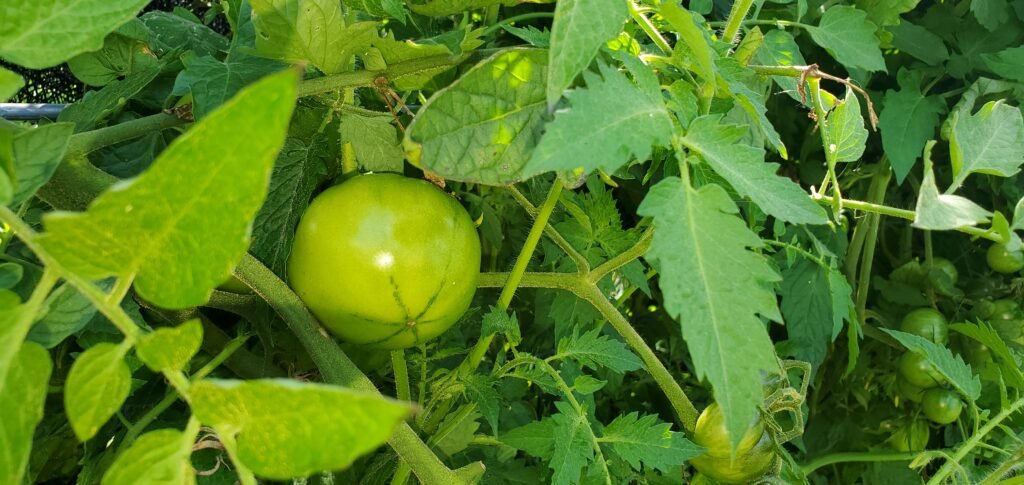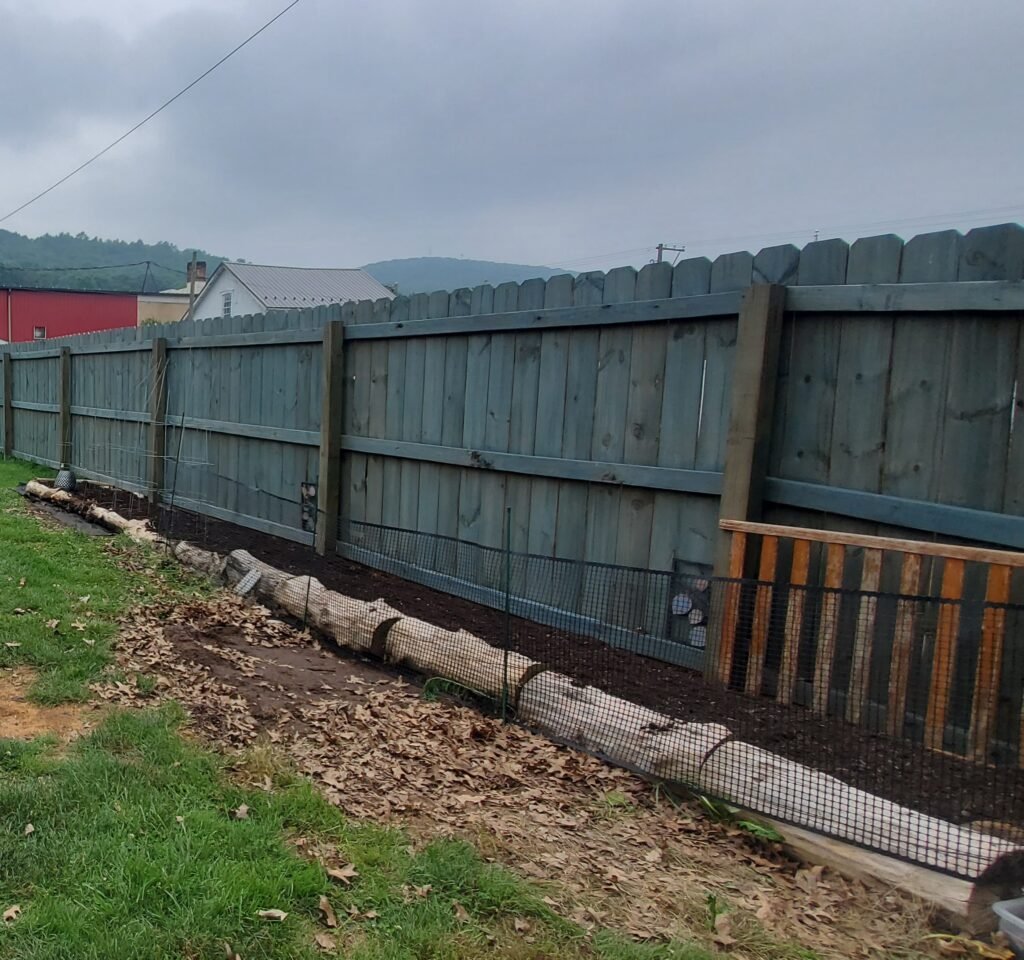Simple Guide For End of Season Garden Cleanup
Simple Guide For End of Season Garden Cleanup
The end of season garden cleanup is a bittersweet time. A brisk chill in the morning air reminds us that the Autumn Equinox is fast approaching. This means it is time for pumpkins, hot chocolate, and hay rides. Watching the colors change on the ridge behind my house is one of my favorite parts of the year. However, it also means our gardens will soon be ready for a rest. What do you need to do to prepare?

Harvesting Before Garden Cleanup
Here in South Central PA, my garden season comes to a close roughly the second week of October. Being that it is September 8th, I hopefully have about 1 month left in my season. The first frost will then come and wipe out the frost tender plants.
By that time, I will still have numerous tomatoes waiting to turn on the vine. There will also be peppers that haven’t turned yet either. So what do you do when you have fruit that isn’t quite ready to be harvested?
Leave the fruit on as long as you can, watching the weather closely. If there is danger of frost, that is when you pick everything that is frost tender. Yes, I said everything. Every green tomato, every unripe pepper, every zucchini and cucumber no matter the size. Not everything will be usable, but you will salvage much more this way. If you don’t harvest it all, it will for sure be a waste.

Tomatoes
Green tomatoes will turn fully inside on your counter with some sunlight. However, I do recommend throwing out any tomatoes that didn’t reach at least 2/3 their proper size. This is because they typically are not mature enough to turn. Therefore, they usually stay green, and even if they do turn, they don’t taste that great.

Peppers
Peppers will turn on the counter as well. Bring them all inside and process them as they turn to their intended color. Note that leaving peppers too long will cause them to dry out. As long as they dry without mold and without any bad spots, they can be used to grind down for spices. Keep in mind, a humid house is not the best environment for drying peppers. If you intend to preserve by drying, you might consider putting your peppers through the dehydrator.

Frost Tender Plants
Unless terribly small, cucumbers and zucchini that are picked early should still taste fine. Pick all that you have as well as any miscellaneous frost tender plants. For example, tomatillos, eggplant, okra, summer squash, etc.

While pumpkins and winter squash can tolerate a light frost, this can speed up the decaying process. Therefore, treat these like frost tender items and bring them in before the first frost. This will give you a longer storage life, especially for winter squash.
Garden Cleanup In Stages
After you have harvested your frost tender plants, you can go ahead and cut them at the base. Leaving the roots in the soil provides organic matter that will be broken down into nutrients for the next season. Dispose of the rest of the plant in a proper manner, learn how in this blog How to Get Rid of Garden Waste.

Frost Hardy Plants
You may have frost hardy plants in your garden left over at this stage of the garden cleanup. Frost hardy plants will typically only survive light frosts. However, a few have been known to make it through a hard freeze. Frost hardy plants include beets, broccoli, brussels, cabbage, carrots, cauliflower, kale, leeks, radishes, spinach, etc.

Frost hardy plants provide an extended gardening season. I recommend taking advantage of this. Let these plants go until the cold takes them out entirely. Just work around them and keep harvesting as ready until winter wins out.
If you are truly over the garden season or hate being in the cold that is ok too. If you fall into this category, harvest what is ready and toss the rest.
Cover Crop
Some of you may have a cover crop stage. You might have cleared out a bed mid-season and planted a cover crop to rework the soil. If utilizing something like clover or grains, be sure that you are turning over before the plants go to seed. This prevents an unwanted crop from taking over in spring.

Garden Completed
By the time late November has rolled around, your garden should be put to bed. Whether you amend now or in the spring is a personal choice. But I would be sure to protect your soil by covering with mulch, my preference is straw. I talk about this in more detail in this blog How To – Amending Garden Beds.
The garden cleanup can seem a daunting task, but if you tackle it in stages it makes it easier. It also can be a bit of an emotional time for the gardener. You are an active participant in the turning of the seasons. We all miss the garden during the winter months. At the same time though, you gain some much needed rest and perspective.
This is the time to look at the notes you took about what you’d like to do differently. Sit and reflect on your garden choices before making your next seed, garden tool, or building material purchase. Enjoy the break while you dream up your next amazing garden. Spring will arrive before you know it.
Be sure to subscribe to have my newsletter delivered to your inbox!
Author
liv@livlifeoutdoors.com
Related Posts
5 Easy Plants to Grow for Beginners
5 Easy Plants to Grow for Beginners Starting out can feel overwhelming, but there are some pretty easy plants to grow for...
Saving on Garden Supplies – What is in store for next season?
Saving on Garden Supplies – What is in store for next season? As you put your garden to bed and reflect on...
Next Garden Season: A Plan for Growth
Next Garden Season: A Plan for Growth It may seem early, but now is the time that I plan ahead for the...
How to Harvest the Best Tomatoes You will Ever Eat
How to Harvest the Best Tomatoes You will Ever Eat Harvesting the best tomatoes from the garden is what we strive for...
How to Get Rid of Garden Waste
How to Get Rid of Garden Waste Is garden waste eating away at your sanity? You pruned your heart away, weeded until...
What is a Trap Crop?
What is a Trap Crop? A trap crop is a beautiful thing that will save your sanity. It is one of the...
